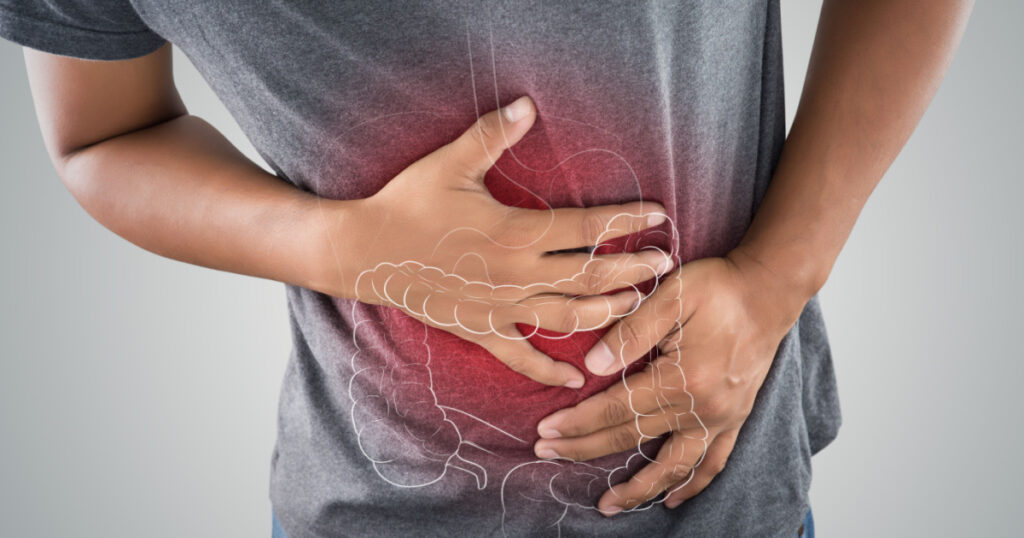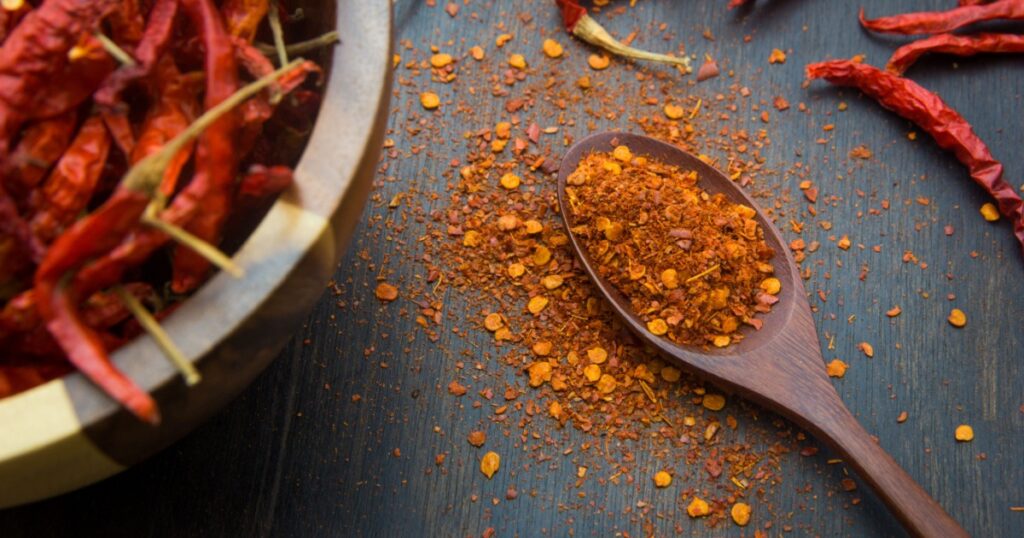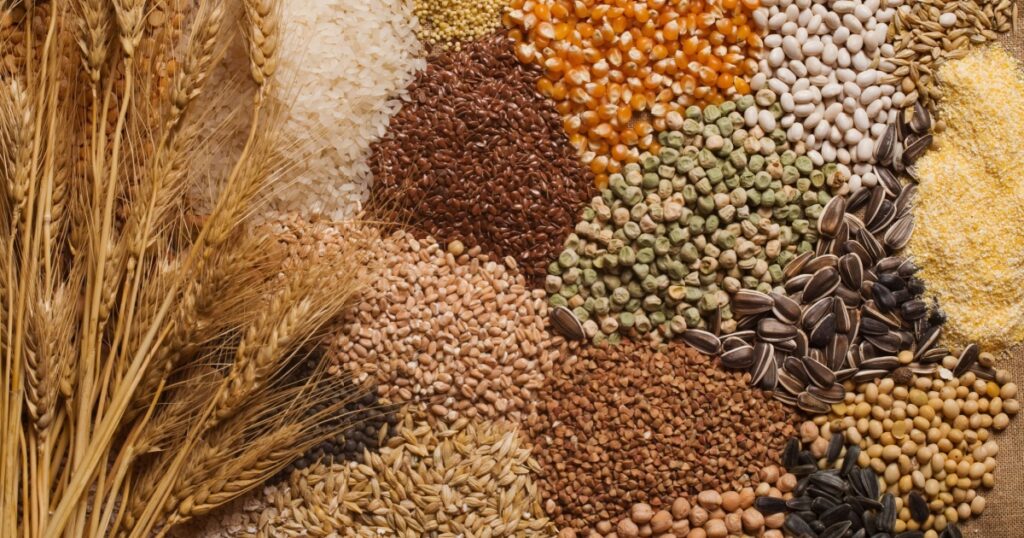Do you suffer from abdominal bloating, altered bowel habits, and recurring abdominal pain and discomfort despite following a relatively “clean” and healthy diet? Does it seem as if certain foods trigger your symptoms, but it’s hard to pin down exactly which ones?
If so, you may be one of the 7-10% of people worldwide who suffer from Irritable Bowel Syndrome (IBS), (1, 2) a very common disorder of the gastrointestinal tract and one which accounts for between 2.5 and 3.5 million physician visits yearly in the U.S. alone. Although there is no cure, it has been shown that eating a diet low in FODMAPs may alleviate symptoms in up to 85% of patients with IBS. (3)
What are FODMAPs?

FODMAP is the acronym for a group of short-chain carbohydrates that may cause GI discomfort in sensitive individuals. It stands for:
Fermentable – These foods, rather than being quickly digested and easily absorbed in the gut, are fermented (chemically broken down) by bacteria in your intestines.
Oligosaccharide – These molecules are made of short chains of a few (“oligo”) sugars (saccharides”), usually from 3-10 sugar molecules in length.
Disaccharides – “Di” means two, so these are double molecules of sugars such as lactose, sucrose, and maltose.
Monosaccharides – “Mono” is one, so single sugar molecules – fructose and galactose are examples.
And Polyols – Naturally occurring in stone fruits and mushrooms as well as sugar alcohols such as sorbitol and xylitol which are often used as low-calorie sugar substitutes in gum and other products.
Read More: IBS, Constipation, or Diarrhea? Here’s Why You Might Want to Try Aloe Vera Water
How Do FODMAPS Affect Your GI Tract?

Have you ever left an opened bottle of grape juice out on the countertop and forgotten about it for several days only to come back to a bubbly, yeast- or vinegar-smelling mixture that pops when you take the cap off? This process of fermentation uses random yeast or bacteria to turn the sugar in the juice into alcohol and carbon dioxide is given off.
A similar process can happen in your large intestine when you eat foods high in FODMAPs. Rather than being properly digested and absorbed in the small intestines, these short-chain carbohydrates find their way further into the GI tract where some bacteria do a “happy dance” because they know they’re about to get fed some of their favorite foods. They then ferment or break down the carbohydrate molecules.
This fermentation results in gas (mostly carbon dioxide and hydrogen) being released into the intestines. Bowel distension caused by this gas is what results in the bloating, flatulence, and pain you may experience. (4)
Another reaction to high FODMAP foods some people experience is diarrhea; this is caused by the increased uptake of water in the small intestines. (Ever wonder why sugar-free gum has warnings about high consumption causing diarrhea? They often contain xylitol, sugar alcohol).
Who Benefits From a Low-FODMAP Diet?

The low FODMAP diet was first investigated as a means of treating those with IBS, and most studies have concentrated on this patient subset. (4, 5). Research has shown improvement in symptoms in up to 85% of patients, most significantly in decreased abdominal pain and diarrhea.
(4) After its documented success in patients with IBS, the low FODMAP diet has been tried in other GI disorders such as Crohn’s disease, ulcerative colitis and in those with food sensitivities. The results have often been positive, although not as definitive as with IBS.
Read More: 5 of The Best Types of Foods and 4 Supplements for IBS
What Foods Are Restricted?

The low FODMAP diet is broken down into two phases: Elimination and Re-introduction. Phase 1 consists of removing nearly all short-chain carbohydrates known to cause symptoms; this usually lasts 3-8 weeks. At the end of the elimination period, foods are slowly re-introduced, taking care to monitor symptoms. If a food is shown to cause symptoms, it’s best to remove it from your diet for now. The chart below (6) will give you a starting point.
Notes:

- 1. Asafoetida is an Indian spice derived from the resin of a fennel plant. When finely ground and small amounts are used in cooking, it has a taste reminiscent of onions.
- 2. Chana dal are split chickpeas and can be found in Indian markets.
It should be clear that there are some very nutritious foods on the high FODMAP list and it’s for this reason that we need to remember that restricting all high FODMAP foods is not a good long-term alternative. In fact, some are very important in maintaining the healthy balance of our gut bacteria. The premise behind the re-introduction phase of the low FODMAP diet is to determine which variety of the offending sugars causes your symptoms, allowing you to resume eating those which don’t.
Why would some foods be less likely to cause digestive issues despite being high in FODMAPs? Since its bacteria that produce the gas and different bacteria have different food preferences, you will most likely not be sensitive to all FODMAP foods.
Also, you may have noticed that some foods are on both lists – how does that happen? Well, for instance, broccoli stalks are high in FODMAPS while the heads are not, so it depends on the proportion of each that you eat and in what quantity. How the food is prepared is also important – some beans, for instance, can be eaten if canned, but not boiled.
Can You Improve Digestibility of FODMAPs?

Preparation and portion control is also important. Some beans and grains become more digestible when pre-soaked for 7-24 hours before cooking. Because they are water- and not fat-soluble, some FODMAPS, such as onions and garlic, may be sautéed in oil and then removed to infuse their flavor without their gas-producing downside.
Sufficient stomach acid is important not only to begin digestion properly but to control the overgrowth of harmful bacteria in the GI tract. Since we now know how overgrowth of harmful bacteria (or good bacteria in the wrong place) is what leads to symptoms of bloating and abdominal pain, keeping the gut microbiome in balance is critical.
Using hydrochloric acid supplements as well as carbohydrate digestive enzymes can be important components of gut health.
Read More: It’s in Your DNA: How Anxiety is Linked to IBS
Probiotics or not?

When you take probiotics, you are introducing some of the good bacteria back into your system that may actually cause their own gas production, leading to worsening symptoms. Unless you are presently taking probiotics without an issue, it might be best to wait to introduce them until you have finished the Elimination Phase.
Important Takeaways

- The low FODMAP diet can be a valuable tool for healing in patients with GI disorders, especially IBS, leading to significant reduction in gas, bloating, abdominal pain, and diarrhea.
- It is highly restrictive and not intuitive to follow, so long-term adherence is not only difficult but not recommended.
- Fortunately, though, because different bacteria have different food preferences, you will most likely not be sensitive to all FODMAP foods, so once you determine what your particular FODMAP sensitivities are, you should be able to reintroduce others that don’t cause distress.
- Responses are dose-dependent, meaning that there is usually a threshold for adverse reactions. If you stay below that threshold, you may be able to tolerate small amounts of offending foods.
- A low-FODMAP diet is not necessary or even indicated for everyone. Enlist the aid of a trained professional to determine if this particular nutritional plan is appropriate for you and to get started
Read More: 7 Symptoms of Diverticulitis (Causes, Treatment, and Remedies)
Sources
- BM, S. (2018). The burden of IBS: looking at metrics. Curr Gastroenterol Rep. 2009 Aug;11(4):265-9. Available at https://www.ncbi.nlm.nih.gov/pubmed/19615301 [Accessed 22 Jun. 2018].
- Parkman H, Doma S. Importance of Gastrointestinal Motility Disorders. Practicalgastrocom. 2018. https://www.practicalgastro.com/pdf/September06/ParkmanArticle.pdf. Accessed June 22, 2018.
- Gearry R, Skidmore P, O’Brien L, Wilkinson T, Nanayakkara W. Efficacy of the low FODMAP diet for treating irritable bowel syndrome: the evidence to date. Clin Exp Gastroenterol. 2016;9:131-42. Available at https://www.ncbi.nlm.nih.gov/pubmed/27382323. Accessed June 22, 2018
- Gibson P, Hill P. Controversies and Recent Developments of the Low-FODMAP Diet. PubMed Central (PMC). 2017. Available at: https://www.ncbi.nlm.nih.gov/pmc/articles/PMC5390324/. Accessed June 22, 2018.
- Halmos E, Power V, Shepherd S, Gibson P, Muir J. A Diet Low in FODMAPs Reduces Symptoms of Irritable Bowel Syndrome. Gastroenterology. 2014;146(1):67-75.e5. Available at https://www.ncbi.nlm.nih.gov/pubmed/24076059. Accessed June 22, 2018
- Foods on FODMAP chart courtesy of the Monash University FODMAP Diet app

